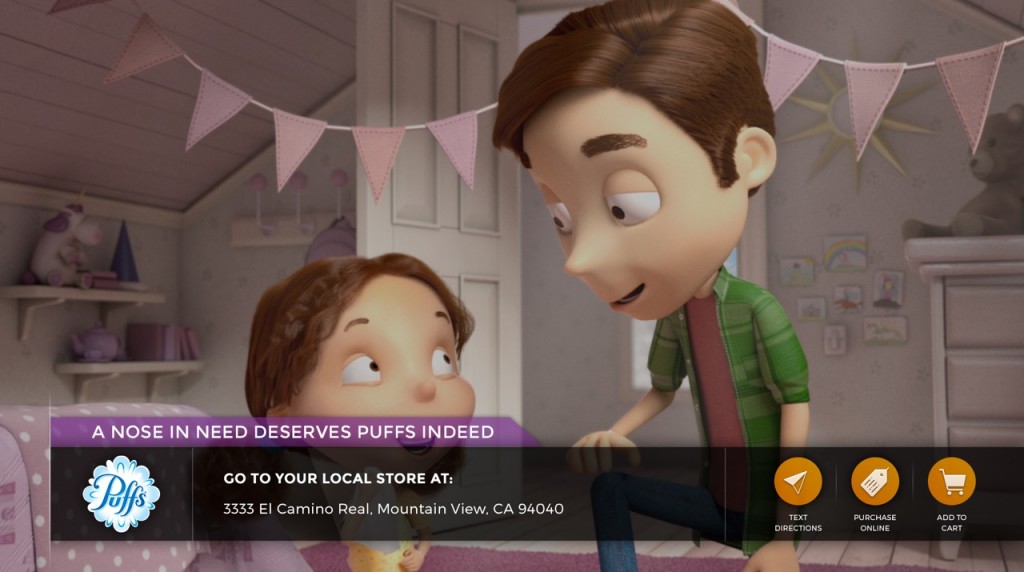New opportunities often arise from setbacks. As COVID-19 continues to disrupt our existing way of conducting business, new trends and habits in media consumption are taking root. The changes in behavior we are seeing now are likely to have a lasting impression on the media marketplace. Broadcasters have always served their communities during disasters, and the present circumstances are no exception.
While viewers are tuning into broadcast television now more than ever, viewers are also turning to streaming services. Serving local communities is about more than just providing the most accurate and reliable emergency information to viewers, it’s also about meeting the needs of viewers and local businesses. The Consumer Technology Association (CTA) published some very interesting statistics on how people have used technology in these times, granting us valuable insight into what our viewers value.
Data released from CTA in early April show that in that week, 25% of U.S. households streamed live TV services, and 55% of U.S. households streamed videos. Consumers also engaged in a lot of local commerce online, such as ordering takeout, groceries, and curbside pickup.
In addition to better quality and reception, Next Gen TV supports in-app streaming and targeted content. With these advanced tools and features, broadcasters can play a role in nearly all of these activities, serving their viewers and local businesses. As just one example, Next Gen TV broadcasters could convey hyper-local information to the communities within their coverage area. They could inform their communities about the local businesses, pharmacies, and restaurants that are open for deliveries, drive-throughs, and take-outs; they could inform which local retailer received a shipment of those coveted toilet rolls.
As a result of Next Gen TV’s deployment over the next several years, broadcasters’ service to the public will be enhanced. Broadcasters need not wait until the next emergency situation arises to make hyper-local capabilities part of their business.


